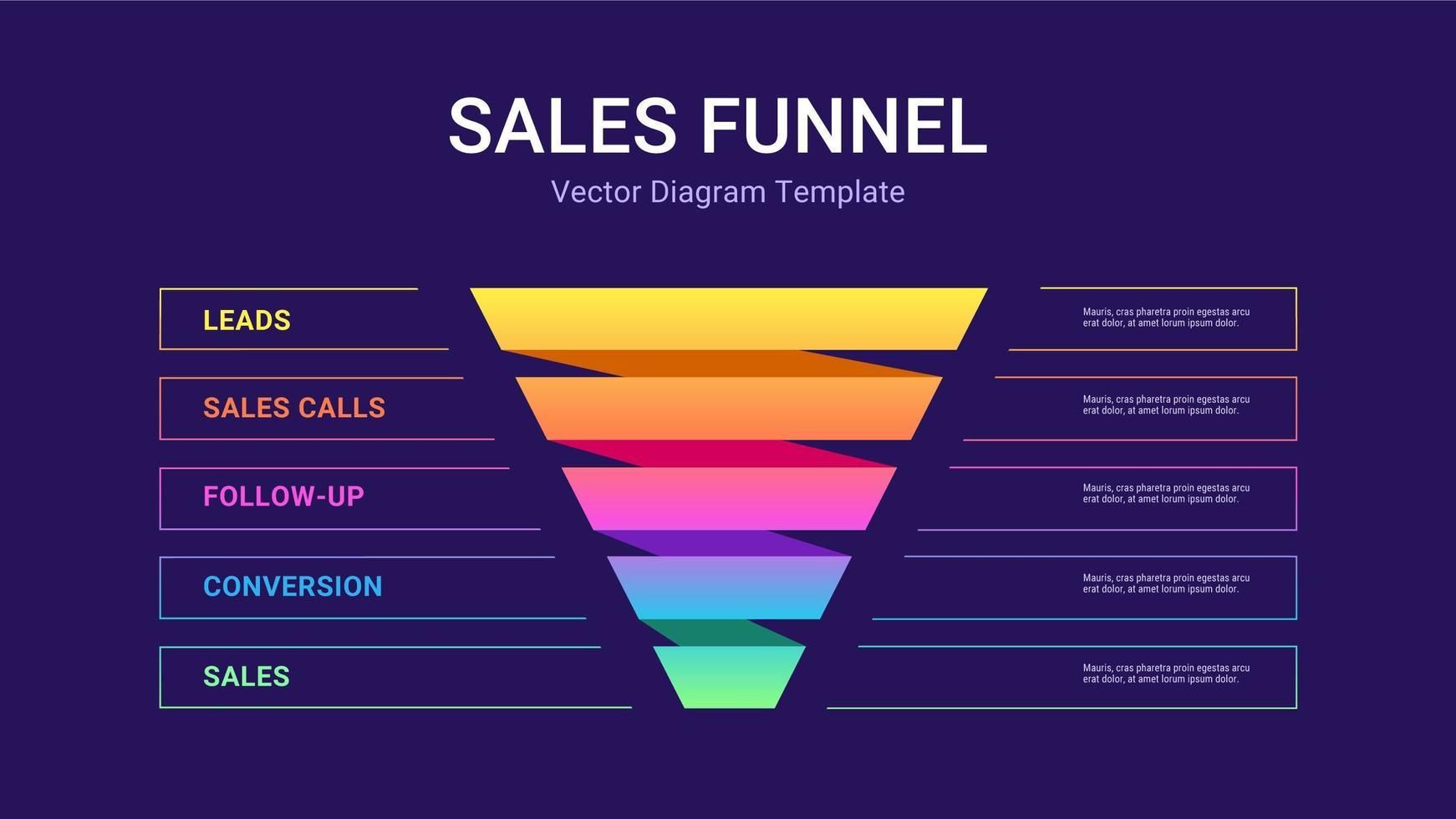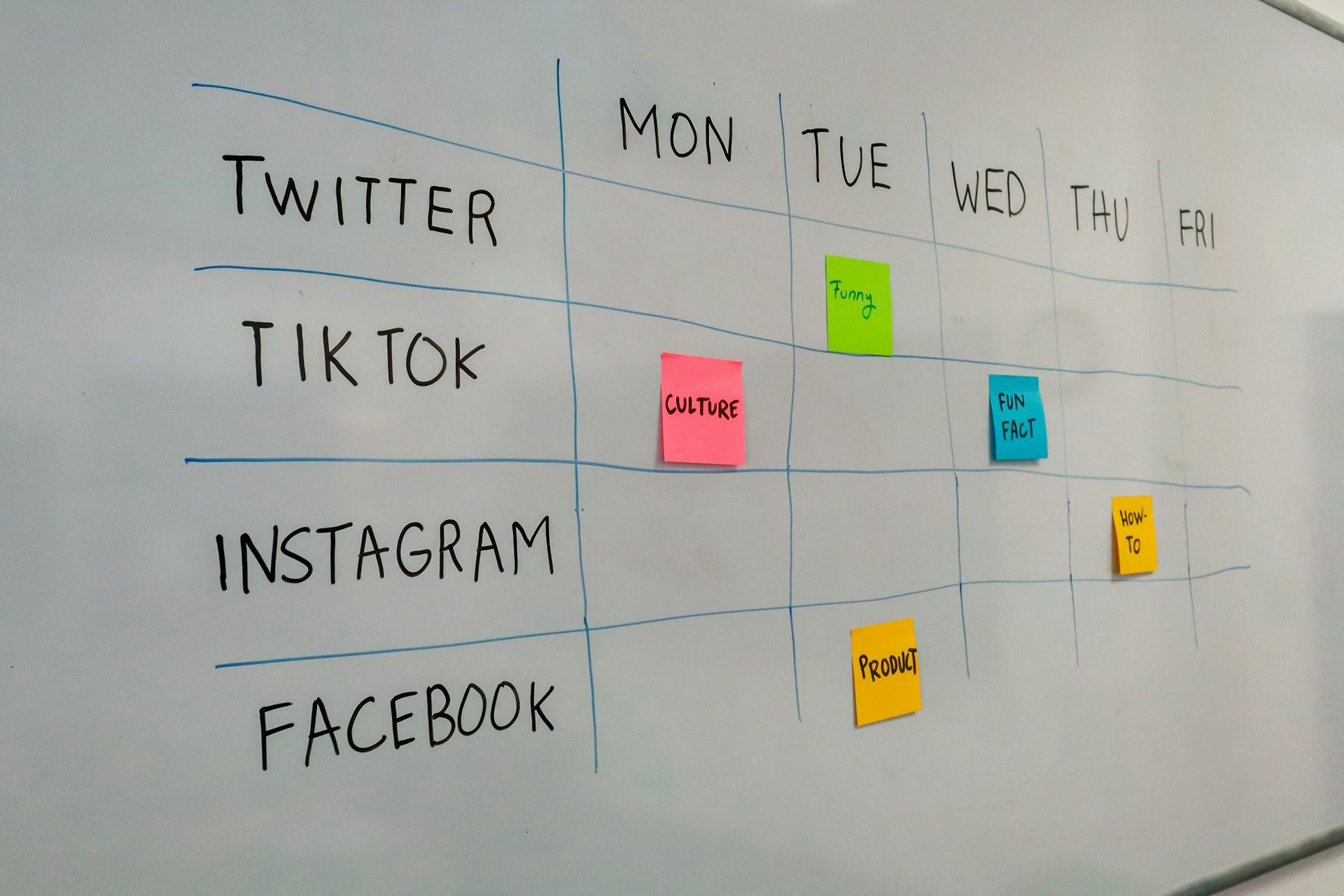Ultimate Guide to Integrated Digital Marketing: 7 Strategies That Drive Real Results
Diving Deep into Integrated Digital Marketing
91% higher customer retention rates. That's what organizations with integrated marketing strategies achieve compared to companies using siloed approaches, according to Aberdeen Group research.
Integrated digital marketing aligns all channels—SEO, social, email, paid ads, and content—around consistent messaging and shared goals to create seamless customer experiences. Instead of competing for credit, your channels work together to amplify results.
In this guide, you'll discover seven proven strategies that transform disconnected marketing efforts into a cohesive approach that drives measurable conversion improvements and ROI. At Meta Marketing, we've helped dozens of businesses implement these exact strategies with outstanding results.

What Makes an Integrated Digital Marketing Strategy Successful?
The most effective integrated strategies share three essential components:
- Cross-channel consistency - In messaging and branding across all touchpoints
- Customer-centricity - Focus on the full customer journey, not individual channels
- Unified data analysis - Shared insights that inform all marketing activities
Want to see how your current marketing integration measures up?
Schedule a free 30-minute assessment with our experts at Meta Marketing.
Success Story: From Fragmentation to Integration
A mid-sized B2B software company implemented these principles after struggling with fragmented marketing efforts. The results? A 43% increase in qualified leads and 28% reduction in acquisition costs within just four months—without increasing their marketing budget. This is just one of many success stories from the Meta Marketing client portfolio.
Key Metrics for Measuring Integration Success
Cross-channel attribution, customer journey completion rates, and overall marketing ecosystem ROI serve as primary indicators of successful integration. Secondary metrics include message consistency scores and channel synergy impact measurements. Not sure which metrics matter most for your business? Our team can help you identify the right KPIs during a complimentary strategy session.

Strategy #1: Cross-Channel Content Alignment
Content that works together across platforms creates a multiplier effect rather than isolated impacts.
Implementation Process
- Audit existing content to identify inconsistencies and gaps
- Develop a central content calendar coordinating topics across channels
- Create modular content pillars adaptable for different platforms
- Establish clear workflows for content distribution
Tools for Success
Airtable, CoSchedule, or Notion excel at visualizing content flow across channels. These platforms enable teams to maintain visibility into how content elements connect throughout the customer journey.
Real-World Impact
"By aligning our content strategy across channels, we saw engagement increase by 37% and conversion rates improve significantly." — Marketing Director, Fashion Retailer
This retailer created a seasonal campaign with consistent messaging around "sustainable summer essentials" across blog content, social posts, email sequences, and product pages.

Strategy #2: Data-Driven Decision Making
Integrated marketing thrives on shared data and insights that inform all activities.
Essential Cross-Channel Metrics
- Multi-touch attribution paths
- Touchpoint effectiveness by funnel stage
- Channel interaction patterns
- Conversion velocity by journey type
Building Your Central Dashboard
Create a centralized dashboard using Google Data Studio or Domo that gives all team members access to cross-channel data. Update it automatically where possible to ensure decisions are made with current information.
Case Study: The Power of Cross-Channel Analysis
A SaaS company discovered through cross-channel analysis that prospects engaging with both educational webinars and follow-up blog content converted at 3.2× the rate of those experiencing either channel alone. This insight led to a strategy adjustment that increased overall conversion rates by 26%.

Strategy #3: Customer Journey Mapping for Integration
A comprehensive journey map reveals how channels should support each other at each customer stage.
The Four-Step Mapping Process
- Document every possible interaction point
- Identify which channels influence specific decision stages
- Analyze drop-off points between channels
- Design cross-channel experiences that maintain momentum
Warning Signs of Poor Integration
If your customer needs to restart their journey when switching channels, you have a critical integration gap. Look for these indicators:
- Repeated requests for the same information across channels
- Messaging inconsistencies between touchpoints
- High abandonment rates during channel transitions
Healthcare Provider Success Story
A healthcare provider discovered potential clients typically researched symptoms via organic search but abandoned the process before scheduling consultations. By adding targeted social proof and educational content at this critical decision point, they increased consultation bookings by 42%.

Strategy #4: Conversion Rate Optimization Across Touchpoints
Apply CRO principles across your entire marketing ecosystem, not just your website.
Cross-Channel CRO Best Practices
Test messaging consistency between ads, landing pages, and emails. Examine how transitions between channels affect conversion rates and identify opportunities to streamline the customer journey.
Prioritization Framework
Focus first on high-impact pathways: Identify the most common routes customers take through your marketing ecosystem, then optimize these paths before addressing less frequent journeys.
Proven Results Through Consistency
An e-commerce retailer increased conversions by 31% simply by ensuring the exact language from their highest-performing PPC ads matched their landing pages and email follow-ups. This alignment reduced cognitive friction and reinforced key messaging at each stage.

Strategy #5: Marketing Automation and Personalization
Thoughtful automation creates truly integrated experiences that respond to behavior across channels.
High-Impact Automation Workflows
Cross-channel remarketing sequences and content recommendations based on previous engagement deliver the most immediate results. More sophisticated approaches include personalized nurture paths triggered by website behavior and milestone-based engagement campaigns.
The Evolution of Personalization
First-generation personalization focused on basic demographics and single-channel behavior.
Integrated personalization considers the customer's entire engagement history across all touchpoints, creating significantly more relevant experiences.
B2B Technology Company Case Study
A B2B technology company implemented automation that delivered industry-specific case studies based on page views, followed by personalized webinar invitations. This approach increased webinar registration by 64% and improved lead quality significantly.

Strategy #6: Unified Messaging and Brand Voice
Consistent messaging across channels builds trust and reinforces your key value propositions.
The Messaging Integration Checklist
- Core value proposition consistency
- Visual identity alignment
- Terminology standardization
- Channel-appropriate voice adaptations
- Call-to-action harmony
Creating Your Brand Messaging Hub
Develop a shared library with approved messaging frameworks and visual assets that all team members can access. Regular messaging audits help maintain consistency as your strategy evolves.
Financial Services Transformation
A financial services company standardized messaging around "jargon-free financial guidance" across all channels, resulting in 47% higher campaign engagement and 23% more qualified leads. Customers reported greater trust in the brand due to the consistent experience.

Strategy #7: Performance Analysis and Continuous Improvement
Regular cross-channel performance reviews reveal how channels work together rather than in isolation.
Five-Point Analysis Framework
- Examine multi-channel conversion paths
- Identify unexpected channel synergies
- Assess message consistency impact
- Evaluate cross-promotion effectiveness
- Measure journey completion by entry point
Creating a Culture of Integration
Establish a test-and-learn environment where insights from one channel inform strategies across your entire marketing mix. Organizations conducting weekly integrated performance reviews typically see 3-5× better results than those operating channels independently.
The Compound Effect of Continuous Improvement
"The most successful integrated marketing programs we've seen share one common trait: disciplined, regular review cycles that constantly refine how channels work together." — Chief Marketing Officer, Enterprise Software Company
Implementation Roadmap
Start your integration journey with these manageable steps:
Phase 1: Assessment (Weeks 1-2)
- Audit current channel performance
- Map existing customer journeys
- Identify integration opportunities
Phase 2: Strategy Alignment (Weeks 3-4)
- Develop shared KPIs
- Align messaging across channels
- Create integrated content calendar
Phase 3: Process Development (Weeks 5-8)
- Establish cross-team workflows
- Implement data sharing protocols
- Design integration checkpoints
Phase 4: Technology Integration (Weeks 9-12)
- Set up unified analytics
- Build automation workflows
- Create shared resource libraries
Phase 5: Continuous Optimization (Ongoing)
- Regular cross-channel reviews
- Iterative improvement cycles
- Expanded integration scope
Pro tip: Start by aligning two complementary channels, like content marketing and email, before expanding your integration efforts.
Measuring Success
Track these key performance indicators to measure integration effectiveness:
Primary KPIs
- Cross-channel conversion rates: How effectively channels work together to drive conversions
- Journey completion percentage: The proportion of customers who complete their journey without dropping off
- Attribution-weighted ROI: Return on investment that accounts for multiple touchpoints
Secondary Metrics
- Message consistency score: How consistently your core value propositions appear across channels
- Channel synergy impact: The lift generated when channels work together vs. individually

Conclusion
Integrated digital marketing isn't just about making channels work together—it's about creating cohesive experiences that match how your customers actually engage with your brand.
By implementing these seven strategies, you'll unlock the powerful multiplier effect that comes from true integration. The businesses achieving the greatest success today aren't those with the largest budgets, but those with the most thoughtfully integrated approaches.
Start your integration journey today to gain a significant competitive advantage in your market.
Ready to Transform Your Marketing Strategy?
At Meta Marketing, we specialize in building integrated digital marketing systems that drive measurable results. Our team has helped companies across industries achieve:
- 43% increases in qualified leads
- 31% higher conversion rates
- 28% reduction in acquisition costs
Book Your Free 30-Minute Strategy Session Now
During this no-obligation call, our experts will:
- Assess your current marketing integration
- Identify your biggest opportunities for improvement
- Share customized recommendations for your business
Spaces are limited to 5 sessions per week. Schedule yours today.
Frequently Asked Questions
What is integrated digital marketing?
Integrated digital marketing is a comprehensive approach that aligns all marketing channels (SEO, social media, email, paid ads, content) around consistent messaging and shared goals. Unlike siloed approaches, integrated marketing creates seamless customer experiences across touchpoints, resulting in higher conversion rates and improved ROI.
What's the first step to improving marketing integration?
The first step is conducting a thorough audit of your current marketing ecosystem. This includes mapping customer journeys across channels, identifying inconsistencies in messaging, analyzing how data is shared between teams, and evaluating how well your channels support each other. At Meta Marketing, we offer a free 30-minute assessment to help identify your biggest integration opportunities.
How long will it take to see results from integrated marketing ?
Most businesses begin seeing measurable improvements within 1-2 months of implementing integrated marketing strategies, with significant results appearing around the 3-4 month mark. Early wins typically include improved engagement metrics and better cross-channel attribution, while conversion rate improvements and cost reductions follow as integration matures.
Do I need special tools or technology to implement integrated marketing?
Do I need special tools or technology to implement integrated marketing?
While technology can facilitate integration, successful integrated marketing relies more on strategy and process than specific tools. Many businesses start with existing technologies like Google Analytics, a CRM, and marketing automation platform. The most important elements are unified strategy, consistent messaging, and collaborative workflows between teams. Meta Marketing helps clients maximize results using their existing tech stack before recommending new investments.




















